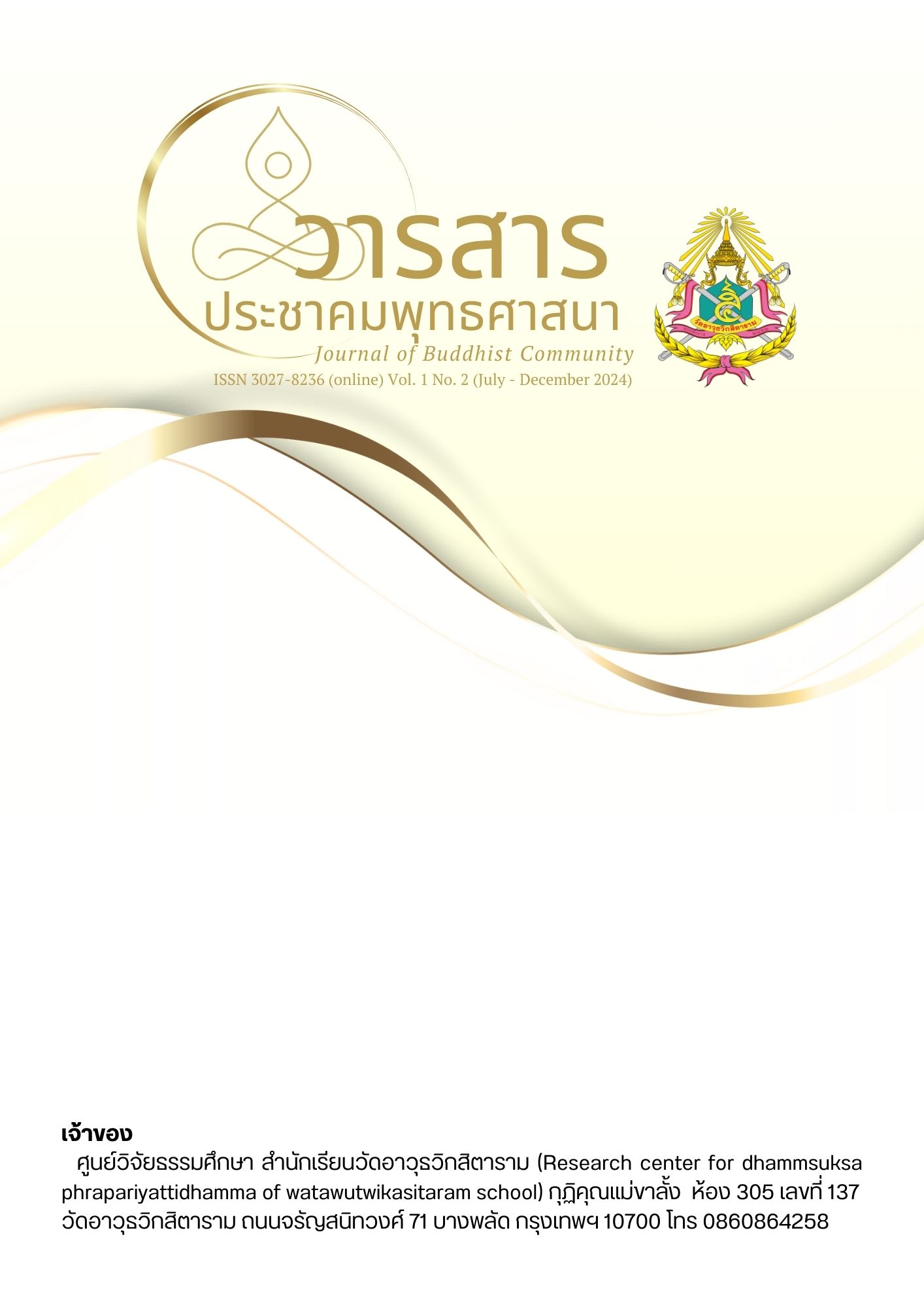History and Development of Education Management in Singapore
Keywords:
History, Education, SingaporeAbstract
Singapore became a British colony in 1824, achieved self-governance in 1959, became part of Malaysia in 1963, and gained independence in 1965. The education system in Singapore absorbs and integrates influences from both Eastern and Western cultures, emphasizing a flexible teaching methodology to nurture and develop the potential of students. Consequently, Singapore's education system has been highly successful, enabling students to become self-reliant. It blends and integrates educational frameworks from Cambridge, Europe, and America to promote the country's economic development and enhance its integration into the global community. To achieve this, the Singaporean government decided to adopt English as the official language of the country. Singapore provides an environment conducive to bilingual education, allowing children to master their mother tongue while becoming fluent in English. This educational environment lays a solid foundation for further studies in Europe and America. Over 30% of international students graduating from Singapore choose to pursue higher education in countries such as the United Kingdom, Australia, Canada, and others. These factors contribute to the widespread recognition of Singapore's education system by European and American countries.
References
Wong, L. K. (n.d.). Singapore: Its Growth as an Entrepot Port, 1819-1941. Retrieved May 31, 2022.
World Bank. (n.d.). World Bank Open Data. Retrieved from https://data.worldbank.org.
International Monetary Fund. (2006). World Economic Outlook Database, September 2006. Retrieved from https://www.imf.org/en/Data.
Hands-On Education Consultants. (n.d.). Education System in Singapore. Retrieved from https://www.hands-on.co.th/study-in-singapore/study-information/education-system/.


